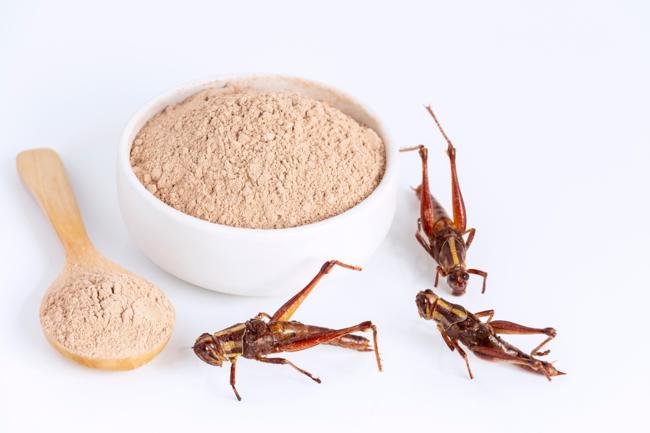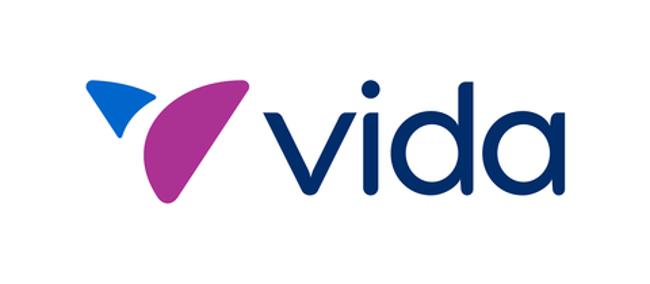Summary
Why insect protein is the future of sustainable foodblending nutrition, low emissions, and food tech into tomorrows meals.
Source: Rolling Out

AI News Q&A (Free Content)
Q1: What nutritional benefits do edible insects offer compared to traditional animal-based proteins?
A1: Edible insects are a rich source of high-quality proteins, essential amino acids, healthy fats, vitamins, and minerals. Their protein content can range from 35% to 80% of dry matter, depending on the species and preparation. Insects such as crickets and mealworms contain high levels of B vitamins, iron, and zinc. Furthermore, they are low in saturated fat and provide fiber in the form of chitin, unlike conventional animal proteins. These attributes make insect protein a nutritionally viable and sustainable alternative to conventional meat sources.
Q2: How does the environmental impact of insect protein compare to other protein sources, according to recent global studies?
A2: A 2024 observational study analyzing retail food items in 181 countries revealed that insect proteins typically have substantially lower carbon and water footprints than conventional animal-based proteins. Within almost all food groups, less expensive items, including insect protein, showed a significantly lower environmental impact per 100 kcal. For each 10% reduction in price, there was a corresponding decrease of 20 grams in CO2 equivalent and 5 liters in water footprint, making insect protein a sustainable choice for reducing the environmental costs of diets.
Q3: What regulatory frameworks exist for the production and consumption of insect protein in food products?
A3: As commercial interest in edible insects grows, various countries have introduced regulatory frameworks to ensure safety in their production, processing, and marketing. For example, the European Union authorizes specific insect species for food use and requires food safety assessments, labeling, and allergen information. Similar regulatory measures are being developed in other regions to align with food safety and consumer protection standards, ensuring that insect-based products are safe and clearly labeled for consumers.
Q4: What are the key findings from recent scholarly research on protein digestibility in insect-based foods?
A4: A 2022 study introduced a machine learning model capable of predicting the true ileal digestibility coefficient of food proteins, including those from insects. This AI-based approach achieved a 90% accuracy rate compared to traditional experimental techniques. The advancement allows for faster and more ethical development of new insect-based foods, eliminating the need for lengthy in-vivo or in-vitro experiments while ensuring nutritional efficacy and digestibility for human diets.
Q5: How affordable are insect-based proteins for consumers, and what implications does this have for global nutrition?
A5: The 2024 global study on retail food prices found that insect-based proteins are often more affordable than traditional animal proteins, especially when considering their lower environmental impact. Lower-priced insect products tend to provide both economic and nutritional benefits, supporting efforts to make sustainable and nutritious food accessible to wider populations and contributing to the transition toward healthier, more sustainable food systems.
Q6: What are the potential risks or drawbacks associated with incorporating insect protein into the human diet?
A6: While insect protein is highly nutritious, potential risks include allergic reactions, especially for individuals sensitive to shellfish, as insects contain similar proteins like tropomyosin. There is also a need for strict regulations to prevent contamination and ensure food safety during farming and processing. As with any new food source, ongoing monitoring and transparent labeling are essential to mitigate health risks for consumers.
Q7: How does the nutritional profile of insect protein support the dietary needs of different age groups and populations?
A7: Insect protein provides a balanced array of essential nutrients suitable for various age groups, including children, adults, and seniors. Its high protein quality, bioavailable iron, and micronutrient content make it appropriate for growth, maintenance, and aging populations. Regulatory guidance suggests incorporating insect protein as part of a varied and balanced diet, provided safety and allergen labeling guidelines are followed, aligning with recommendations from nutritional authorities.
References:
- Insects as food - https://en.wikipedia.org/wiki/Insects_as_food





